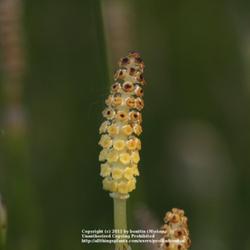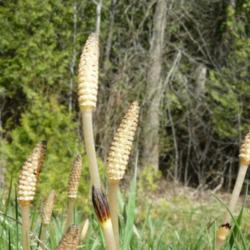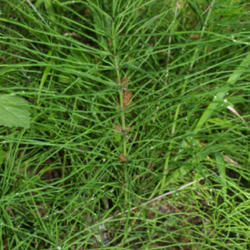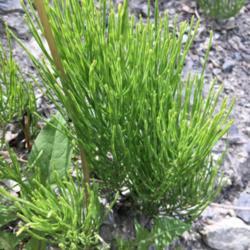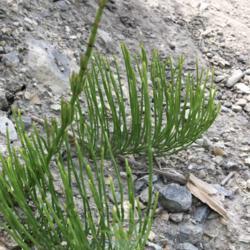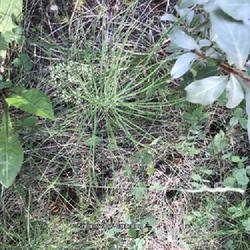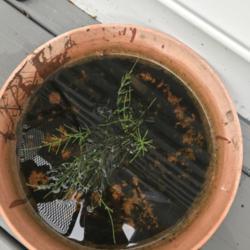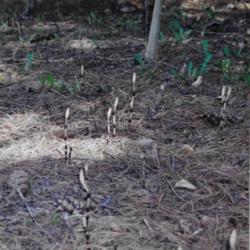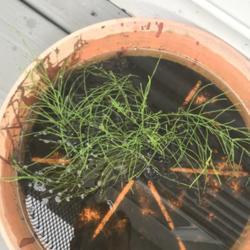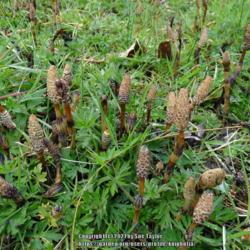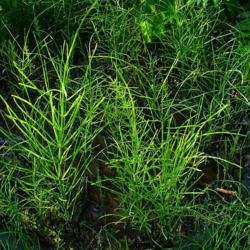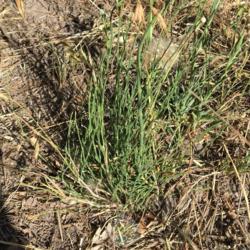| Life cycle: | Perennial |
| Sun Requirements: | Full Sun Full Sun to Partial Shade |
| Water Preferences: | Mesic Dry Mesic Dry |
| Soil pH Preferences: | Slightly acid (6.1 – 6.5) Neutral (6.6 – 7.3) Slightly alkaline (7.4 – 7.8) |
| Minimum cold hardiness: | Zone 2 -45.6 °C (-50 °F) to -42.8 °C (-45°F) |
| Maximum recommended zone: | Zone 8b |
| Plant Height: | usually 8 to 20 inches, to 3 feet |
| Leaves: | Deciduous |
| Underground structures: | Rhizome |
| Uses: | Dye production |
| Dynamic Accumulator: | K (Potassium) Ca (Calcium) Mg (Magnesium) Fe (Iron) Si (Silicon) Co (Cobalt) |
| Resistances: | Deer Resistant Rabbit Resistant Drought tolerant |
| Propagation: Other methods: | Division Stolons and runners |
| Pollinators: | Wind |
| Containers: | Suitable in 3 gallon or larger |
| Miscellaneous: | Tolerates poor soil Monoecious |
| Conservation status: | Least Concern (LC) |
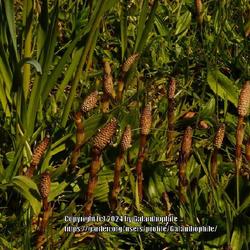
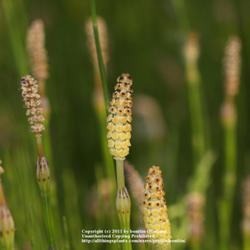

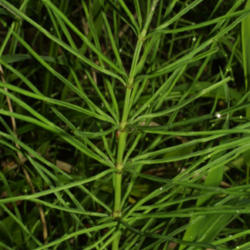

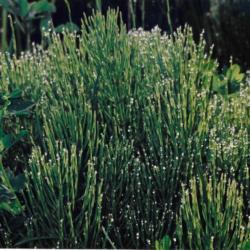
![Date: 1905
illustration [of sterile frond] by Ida Martin Clute from The fern
Date: 1905
illustration [of sterile frond] by Ida Martin Clute from The fern](/pics/2022-06-24/scvirginia/474ba2-250.jpg)


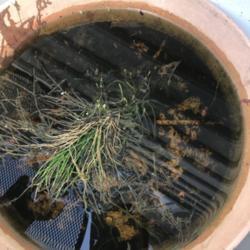

![Date: 1905
illustration [of fertile frond] by Ida Martin Clute from The fern
Date: 1905
illustration [of fertile frond] by Ida Martin Clute from The fern](/pics/2022-06-24/scvirginia/868804-250.jpg)
